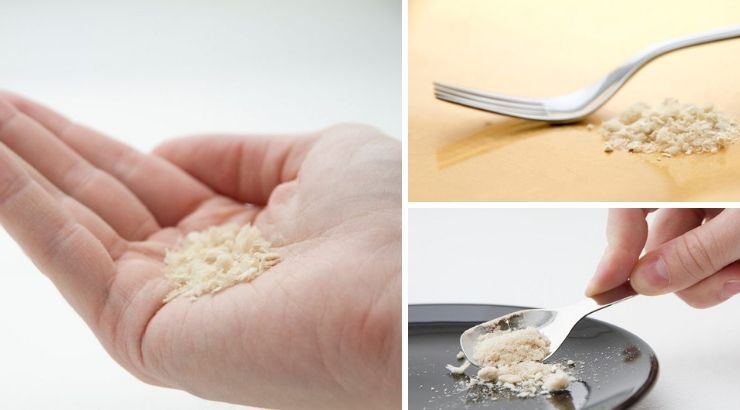Science & Tech
NASA’s Idea for Making Food From Air Just Became a Reality — and It Could Feed Billions
Finland-based Solar Foods is creating “environmentally friendly” food out of carbon dioxide sucked from the air.

(TMU) — As carbon emissions wreak havoc on the planet, contributing to erratic weather patterns, freak heat waves, and rapid climate shifts, new technologies are being developed to pull carbon dioxide from the air and gear it toward other uses.
Earlier this year in Australia, researchers discovered a way to take that CO2 and turn it back into fuel. But what if we could take the pollutants in our atmosphere and recycle them into climate-friendly, totally human-edible calories?
Based on a concept developed by NASA, Finland-based Solar Foods has created a process that utilizes renewable electricity and carbon dioxide to produce what they claim is a healthy ingredient that contains 50 percent protein. The new protein, dubbed Solein, comes in a powdered form and can be used like flour in the industrial production of food.
The innovation uses a minimal amount of water, nutrients and electricity to power a gas-based fermentation process, or enzymatic reaction, that transforms CO2 into edible proteins, according to Forbes.
The startup hopes that it can apply for a food license from the European Union this year and begin commercial production by 2021, after which it may start appearing first in the form of protein shakes and yogurt.
Solar Foods CEO and founder Pasi Vainikka explained to Forbes:
“Disconnecting from agriculture and fossil resources in food production is our key value and differentiator to all other [proteins].”
And while the production of algae conforms closely to the description, Vainikka believes that “the [production of Solein] is the most environmentally friendly” protein development method of today.
.@indexaward: When a “boundary-crossing cooperation” leads to the discovery of how to make food out of thin air. Meet @Solar_Foods. https://t.co/tbNZD8DArG #indexaward2019 #designtoimprovelife pic.twitter.com/rW7w2NKrSy
— Solar Foods (@Solar_Foods) June 18, 2019
A key aspect of the sustainability of his product is the fact that unlike other foods made through fermentation, such as beers or lab-grown meats like Quorn, Solein doesn’t use plant sugars—instead, those sugars are replaced with carbon.
Vainikka told Fast Company:
“We started to think about what are the preconditions that you could have in order to establish the most environmentally friendly food … Because we don’t use sugars, or similar agricultural feedstocks, we can completely disconnect from agriculture.”
The company hopes that the bountiful, if not limitless, ingredients of CO2 and renewable energy can be used to create food without the horrendous environmental footprint of the large-scale agricultural industry, which carries an enormous environmental cost in terms of plastics usage, pesticides, fertilizer, and water.
To put it in perspective, the production of a single hamburger requires an estimated 64.5 square feet of land for growing grains for cattle grazing, driving deforestation in such biodiverse and sensitive regions like the Brazilian Amazon rainforest. According to another study, it takes as much as 660 gallons of water to produce a single burger.
So while the idea of a new flour based on environmental pollutants may not sound appetizing at the present juncture, we should keep in mind the inherently unsustainable nature of our current agricultural model. And of course, we’ll still require plenty of fruits, vegetables, nuts, and grains to meet our basic nutritional requirements.
But as protein demands increase across our growing world population, and the capital-intensive agricultural system buckles under ecological and financial pressures, Solar Food’s innovation may inevitably find its way onto our dinner tables.
By Elias Marat | Creative Commons | TheMindUnleashed.com
Typos, corrections and/or news tips? Email us at Contact@TheMindUnleashed.com
